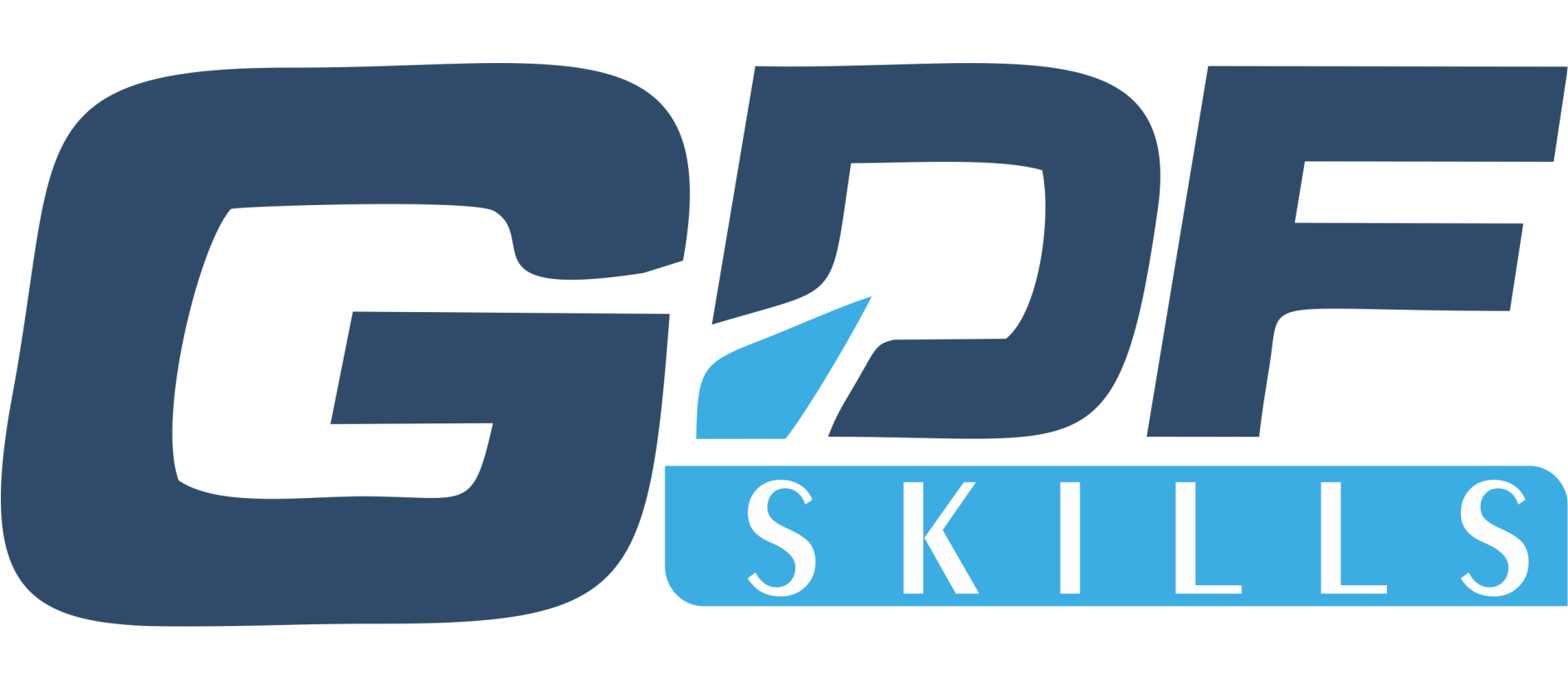GDF Editorial Thu, 10/10/2019 - 19:46
Which is more important – technology or talent? The answer lies in the balance
It’s a given that technology is going to change just about everything - the way we live, transact, produce and exist. The trouble is, it’s happening really fast. As business structures are changing at a breakneck pace, most organizations are spending a large chunk of their budget on adopting new technologies. Most often than not, these progressions are eliminating previously common jobs and sometimes wiping out whole departments too. Not to forget that on the flipside, they are generating new jobs and roles as well. However, while people are concerned with AI taking away their jobs, on the other hand, employers are desperately seeking skilled employees who are just not easily available. It’s a global challenge.
The thing is, when technology becomes complex, talent becomes even more important to the business because you need skilled employees to successfully use the technology you have invested in.
Coming a full circle
These days, all the best talent wants to be part of leading-edge organizations that are innovative and efficient. So, if corporations don’t invest in technology, existing talent won’t stay and new talent won’t be attracted. For companies where technology isn’t a top of the firm, there is a risk of losing it all. However, the key lies in balancing talent and technology. The Business Reality Check, developed by The Economist Intelligence Unit, UK compares the views of business leaders with market data collected from national, international and specialist data sources. The research shows the widest gaps between business views and market data related to technology and talent management. This perception gap causes an investment gap. More than 40 percent of senior executives surveyed were spending more on new technologies, but less than 40 percent were prioritizing talent management.
Picking the right talent
It is no longer about hiring the academically bright candidates based on one relevant skill. With constant digital transformation, it’s risky to do so because one skill could become obsolete in the near future. Most jobs are now being automated, so the value of human input remains solely in being able to think creatively to deal with challenges.
The most important aptitude for all positions these days is the ability to adapt. Look for people with an aptitude to learn new technologies and able to apply them in different environments and who have the skills to integrate new strategies and resources. Check with learning institutes that offer Talent as a pipeline service for ready availability of skilled talent because only those businesses that have agile employees - who can quickly adapt to new technologies and circumstances - will be successful in the long run. These would help build a company culture that embraces digital evolution.
Train the talent within
As much as the new technology is exciting, how your employees respond to it can make or break the future of your business. True that some employees may lose jobs to automation, but the key is to understand the opportunity that lies ahead, and appreciating that technology is, in fact, taking away labor-intensive, time-consuming, repetitive chores to leave you with more time to take on sophisticated analytical tasks that generate greater value. These tasks require human intelligence. According to the World Bank’ World Development Report, by 2019, there will be 1.4 million new industrial robots in operation, taking the total to 2.6 million worldwide. Robot density per worker in 2018 is highest in the Republic of Korea, Singapore, and Germany, however, in all these countries, the employment rate remains high despite the high prevalence of robots.
The best employees for new-age jobs are the highly skilled ones who can make the most of technological upgrades, demonstrate willingness and flexibility to learn, and remain unnerved when encountered with new challenges. These are your true assets.
Digital transformation should be a top-down process to assure that technology and human resources are well integrated. We need to move from a skills culture to a learning culture to develop skillsets, upgrade skills and explore learning opportunities. Hire the best trainers or learning institutes that offer cutting-edge courses that are future-ready.
As companies continue to invest in technology, leaders must assist their team in gaining additional skills. For instance, large corporations like AT&T trained some of their own workers to build AI bots. These bots collected raw data and pulled out extensive reports more swiftly than humans ever could, relieving the workforce of the tedious tasks. This means employees can now spend their time assembling insights from these reports to make better decisions.
Remember that people, not technology are the most important business upgrades and that talent has always been the ultimate strategic enabler. In trying to manage digital transformation, the human side of the business must not be overlooked. With skilled, passionate people on board, you can address any market trend and respond to any client shift. While technology and talent may seem like two distinct areas, the solution to solving these gaps may lie in recognizing their interconnectedness and balancing resources to help function better.


